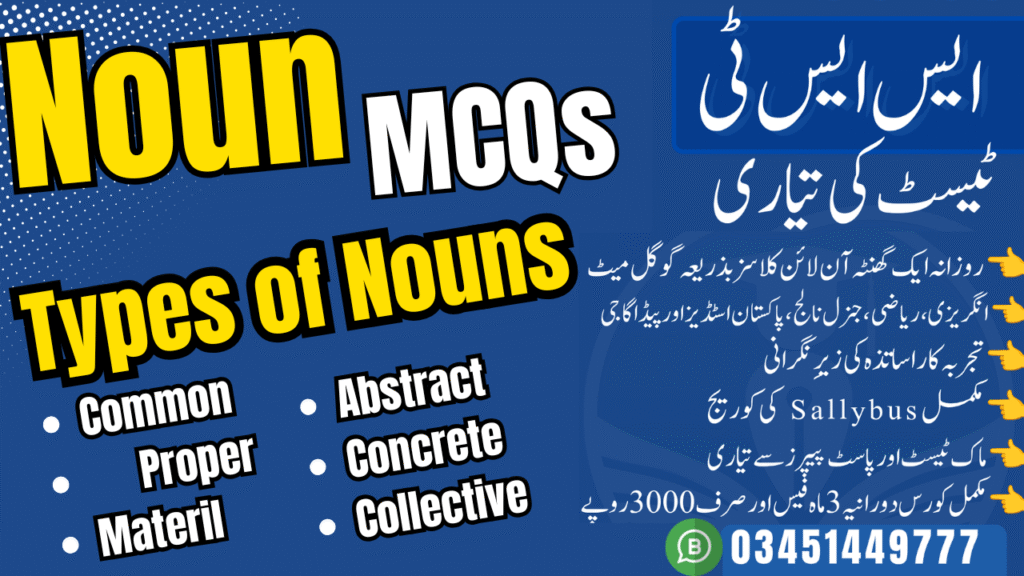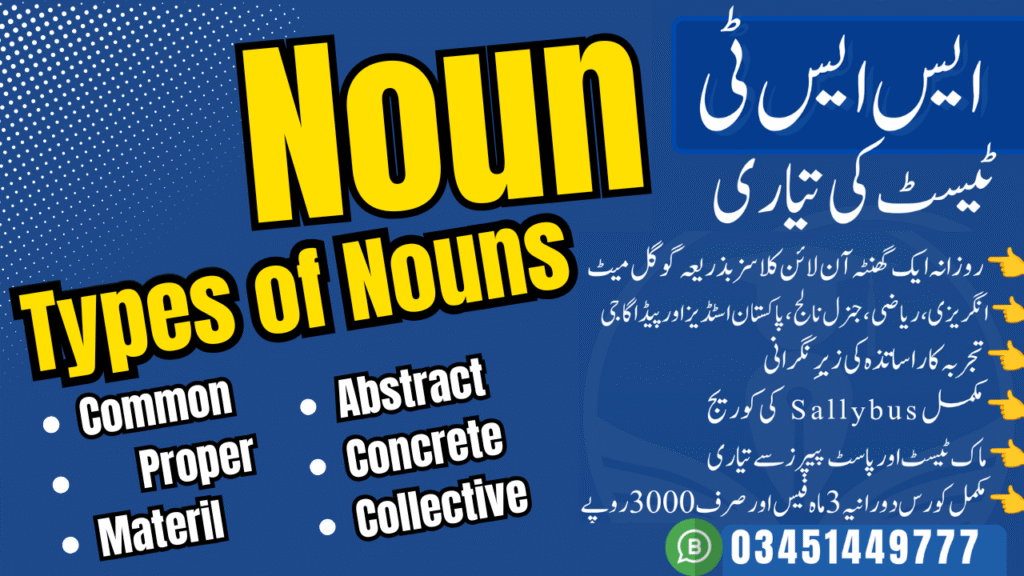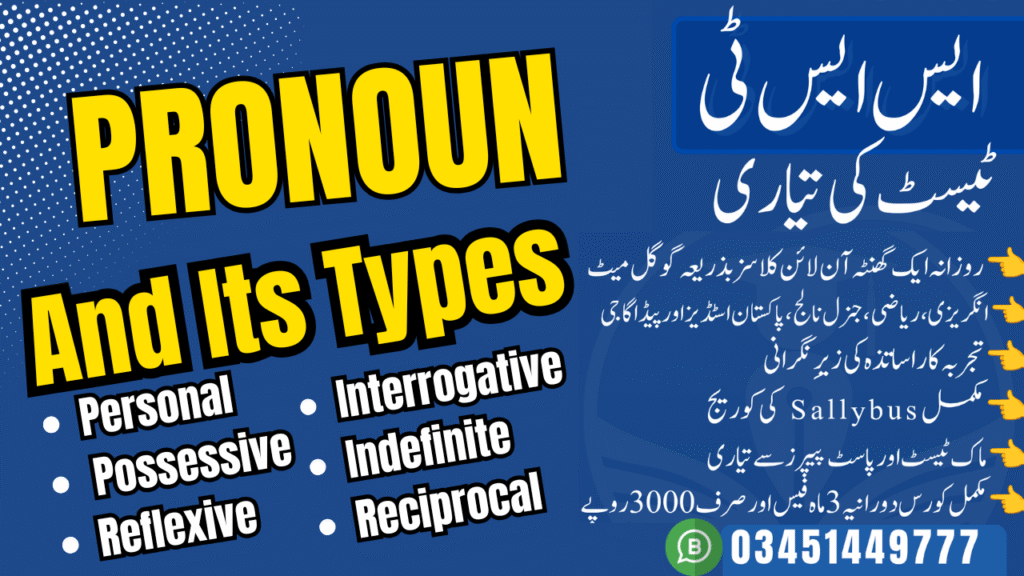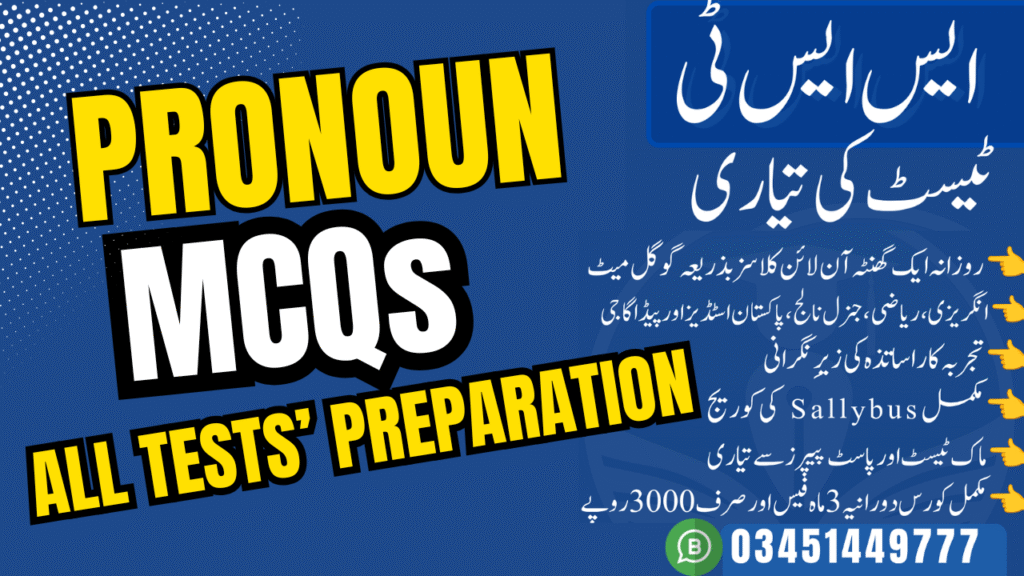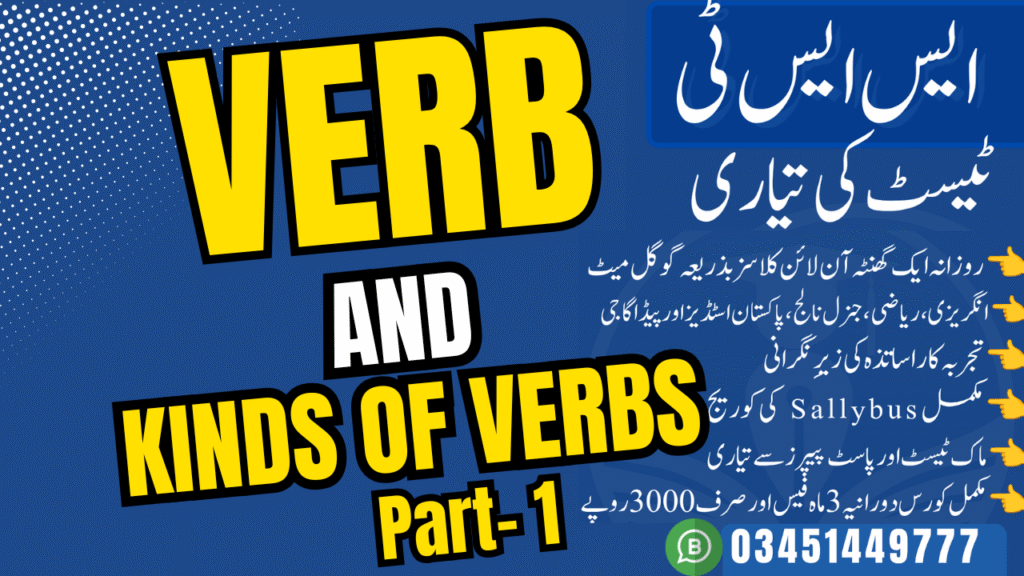Clauses and Phrases: Definition, Types, Rules & Examples
Introduction to Clauses and Phrases
Think of constructing a sentence like building a house. Words are the individual bricks. They themselves have potential, but they aren’t a structure. When you group these words together in a meaningful way, you create phrases and clauses—the walls and rooms of your house. Only by correctly assembling these larger units can you build a complete, coherent sentence—a finished home for your ideas.
The rules that govern clauses and phrases with examples are not just academic exercises; it is the single most important step you can take toward clear, effective, and sophisticated communication. This guide will provide a step-by-step journey through every concept. We will explore the types of clauses, the various types of phrases, and the critical difference between clauses and phrases, empowering you to write with confidence and precision.
What is a Clause? (Definition + Importance)
Parts of Speech by Arshad YousafzaiA clause is a group of words that contains two essential components:
- a subject and a verb (also known as a predicate).
This subject-verb pairing is the “engine” of the clause; it gives the group of words the power to express an action, an event, or a state of being.
Because it contains this core relationship, a clause conveys an idea.
Consider these examples:
- The sun shines. (Subject: sun, Verb: shines)
- She laughs at shy people. (Subject: she, Verb: laughs)
- Ali eats a shoe. (Subject: Ali, Verb: eats)
The importance of the clause cannot be overstated. It is the fundamental unit of meaning upon which all complete sentences are built.
Every sentence you read or write contains at least one clause. Understanding how to identify and construct clauses is the first step toward mastering sentence structure.
There are two primary categories of clauses, distinguished by one simple test:
Can the clause stand on its own as a complete sentence?
Main (Independent) Clauses
A main clause, more commonly known as an independent clause, is a group of words that contains a subject and a verb and expresses a complete thought. It can stand alone as a grammatically complete sentence because its meaning is self-contained.
Every correct English sentence must contain at least one independent clause.
Structure: Subject + Verb + Complete Thought
Examples of independent clauses:
- The cricket match was cancelled.
- He is a wise man.
- I love reading books.
- He wanted to go on vacation.
An independent clause is, for all practical purposes, a simple sentence. We typically use the term “independent clause” when we are analyzing how it functions within a more complex sentence that contains multiple clauses.
A common point of confusion for learners is equating length with completeness. However, an independent clause is defined by its semantic completeness—whether it presents a full idea—not by the number of words it contains. The short clause “Ali runs” is just as complete as the longer “The students performed differently in the annual exam”.
Subordinate (Dependent) Clauses
A subordinate clause, also known as a dependent clause, also contains a subject and a verb. However, it does not express a complete thought and cannot stand alone as a sentence. As its name implies, it is “dependent” on an independent clause to complete its meaning and form a coherent sentence.
- What makes a clause dependent?
The key is the presence of a “dependent marker word” at the beginning of the clause. This is typically a subordinating conjunction (like because, if, when, although, since) or a relative pronoun (like who, which, that).
Think of it this way: you start with a perfectly stable independent clause, like “Ali slips.” Then, you add a subordinating word, like “if,” creating “If Ali slips…” That single added word acts like a banana peel, making the clause unable to stand on its own. It now leaves the reader waiting for more information: If Ali slips, what happens?
Examples of dependent clauses:
- Because she was sick
- When Jamal studied in the Sweet Shop
- Although Ali tries to climb the stairs
- Which was too expensive
A dependent clause is not a broken or incomplete grammatical unit. Rather, it is an independent clause that has been intentionally modified by a subordinator to perform a specific function: to add nuanced information to the main clause by establishing a relationship of time, cause, condition, or description. Dependent clauses are powerful tools for building complex and sophisticated sentences.
Dependent clauses can be categorized into three main types based on their function in a sentence:
- Noun Clause.
- Adjective Clauses.
- Adverbial Clauses.
Noun Clauses
A noun clause is a dependent clause that functions as a noun in a sentence. Just like a single-word noun, it can act as
- A subject.
- A direct object.
- An object of a preposition
- A subject complement.
Noun clauses typically begin with words such as that, what, whatever, who, whom, whoever, when, where, whether, why, and how. A simple way to identify a noun clause is the “it test”:
If you can replace the clause with the pronoun “it” or the word “something” and the sentence still makes grammatical sense, you have likely found a noun clause.
Noun clause examples:
- As a subject: What the best man said made the groom laugh. (Replaced: Something made the groom laugh.)
- As a direct object: He knows that he will pass the test. (Replaced: He knows it.)
- As an object of a preposition: It’s important to think about why we make certain deserts. (Replaced: It’s important to think about it.)
- As a Subject Complement (Predicate Noun) The noun clause renames or defines the subject.
- The truth is that she never called.
- My hope is that I will pass the test
- As an Appositive The noun clause explains or gives more information about a noun.
- Her suggestion, that we leave early, was a good one.
- The idea, that we should study harder, makes sense.
Adjective Clauses
An adjective clause, also known as a relative clause, is a dependent clause that functions as an adjective. Its job is to modify (describe or give more information about) a noun or a pronoun. It almost always appears immediately after the noun it modifies.
Adjective clauses are introduced by relative pronouns (who, whom, whose, which, that) or relative adverbs (when, where, why).
Adjective clause examples:
- I know the man who stole the watch. (The clause modifies the noun man.)
- He bought a car which was too expensive. (The clause modifies the noun car.)
- This is the café where we met for the first time. (The clause modifies the noun café.)
Adverbial Clauses
An adverbial clause is a dependent clause that functions as an adverb. It modifies a verb, an adjective, or another adverb in the main clause.
Adverbial clauses provide information about the circumstances of the main clause, answering questions like
- When?
- Where?
- Why?
- How?
- To what extent?
- Under what condition?.
These clauses are introduced by subordinating conjunctions that signal their specific function.
Adverbial clause examples:
- Time: Aalia did the exercise till her legs gave up. (Modifies the verb did, answering “For how long?”)
- Reason: I’m late for work because I missed the bus. (Modifies the adjective late, answering “Why?”)
- Condition: I’ll dial into the meeting if the server is working. (Modifies the verb will dial, stating a condition.)
- Concession: Although the deadline was almost upon her, she had a rest during the weekend. (Modifies the main clause, showing a contrast.)
Relative Clauses (Restrictive & Non-restrictive)
As we’ve seen, an adjective clause is also called a relative clause. This type of clause deserves a closer look because it has two distinct forms that are governed by specific punctuation rules: restrictive and non-restrictive clauses.
A restrictive clause (also called a defining or essential clause) provides information that is essential to identify the noun it modifies. It restricts or limits the meaning of the noun to a specific one. Because this information is necessary, a restrictive clause is never set off by commas.
- Example: The student who studied a lot passed the test.
- In this sentence, the clause “who studied a lot” is essential. It tells us which student passed—not just any student, but specifically the one who studied a lot. Removing the clause would change the sentence’s fundamental meaning.
- The teacher who explained the lesson clearly is very popular.
Clause: who explained the lesson clearly.
Tell us which teacher, not just any teacher.
- The book that I borrowed from the library was very helpful.
Clause: that I borrowed from the library
Specifies which book, not just any book.
- The player who scored the winning goal became a hero.
A non-restrictive clause (also called a non-defining or non-essential clause) provides extra, non-essential information about a noun that is already clearly identified. The sentence would still make sense and its core meaning would remain intact if the clause were removed. A non-restrictive clause is always set off by commas.
- Example: The student, who had attended all the lectures, passed the test.
- Here, we are talking about a specific, known student. The clause “who had attended all the lectures” simply adds extra information about him or her. The core message—that the student passed—is clear without it.
The choice between the relative pronouns that and which often depends on whether the clause is restrictive or non-restrictive.
- Use that to introduce restrictive clauses that modify things.
- Use which (with commas) to introduce non-restrictive clauses that modify things.
Relative Pronouns
| Pronoun | Refers To | Function in Clause | Clause Type | Example |
| who | People | Subject | Restrictive or Non-restrictive | The woman who lives next door works in a bank. |
| whom | People | Object | Restrictive or Non-restrictive (formal) | This is the man to whom I wanted to speak. |
| whose | People, Animals, Things | Possessive | Restrictive or Non-restrictive | He’s a musician whose albums have sold millions. |
| which | Animals, Things | Subject or Object | Non-restrictive (requires commas) | The laptop, which I bought last week, has started making a strange noise. |
| that | People, Animals, Things | Subject or Object | Restrictive only (no commas) | These are the flights that have been cancelled. |
Conditional Sentence
Conditional Clauses (Zero, First, Second, Third, Mixed)
Conditional sentences are complex sentences used to discuss hypothetical situations and their consequences.
They are built with two parts: the conditional clause (the “if-clause”) and the main clause (the “result clause”).
There are five main types of conditionals in English grammar, each with a specific structure and purpose.
Use Conditional Clauses
| Type | Function (Use) | If-Clause Tense | Result-Clause Tense |
| Zero Conditional | General truths and scientific facts | Simple Present | Simple Present |
| First Conditional | Real and possible future situations | Simple Present | will + base verb |
| Second Conditional | Unlikely or hypothetical present/future situations | Simple Past | would + base verb |
| Third Conditional | Unreal or hypothetical past situations | Past Perfect | would have + past participle |
| Mixed Conditional | Unreal past condition with a present result, OR unreal present condition with a past result | Past Perfect OR Simple Past | would + base verb OR would have + past participle |
- Zero Conditional: Used for facts that are always true.
If + present simple, present simple
- If you freeze water, it turns to ice.
- If you heat water to 100°C, it boils.
- If you drop an object, it falls to the ground.
- If the sun sets, it gets dark.
- If you mix red and blue, you get purple.
- First Conditional: Used for realistic future possibilities.
If + present simple, will + base verb
- If I see you later, I will say hello.
- Second Conditional: Used for imaginary or unlikely situations in the present or future.
If + past simple, would + base verb
- If I were rich, I would travel the world.
- If he studied harder, he would get better grades.
- If we had a bigger house, we would host more guests.
- If she were taller, she would play basketball.
- If I won the lottery, I would donate to charity.
- If I had a million dollars, I would buy a large vacation home.
- Third Conditional: Used to imagine a different past; it describes a situation that did not happen and its hypothetical result.
If + past perfect, would have + past participle
- If it had rained last week, the plants would not have died.
- If I had studied, I would have passed the exam.
- If they had left earlier, they would have caught the train.
- If we had booked tickets, we would have seen the concert.
- If she had driven carefully, she would not have had an accident.
- If he had asked for help, I would have supported him.
- Mixed Conditional: Combines two different time frames.
(Past → Present & Present → Past))
(Past → Present :
- If I had finished college (past condition), I would be a doctor now (present result).
- If I had worked harder, I would be more successful now.
- If she had studied medicine, she would be a doctor today.
- If we had moved to London, we would be living there now.
- If I had saved money, I would be comfortable now.
- If he had trained regularly, he would be fit today.
(Present → Past):
- If I were smarter, I would have solved the puzzle yesterday.
- If she were more confident, she would have spoken in the meeting.
- If they were better drivers, they would not have had the accident.
- If I were organized, I would not have missed the deadline.
- If he were a good friend, he would have helped me last week.
Comparative Clauses
A comparative clause is a type of subordinate clause that expresses a comparison. It typically follows the comparative form of an adjective or adverb (e.g., taller, more quickly) and begins with a conjunction like than or as.
These clauses are often “elliptical,” meaning some words are omitted because they are understood from the context.
- Full clause: Shahid is smarter than I am.
- Elliptical clause (formal): Shyla is smarter than I.
- Elliptical clause (informal): Shyla is smarter than me.
When the comparison is between things that are similar, the structure as + adjective/adverb + as is used.
- Example: They are as keen to join in as we are.
Nominal Relative Clauses
A nominal relative clause, also known as a free or headless relative clause, is a unique structure that functions like a noun clause but has a special property: its introductory word acts as both the relative word and its own antecedent.
In a standard relative clause, the pronoun refers to a noun that comes before it (e.g., “the man who…”). In a nominal relative clause, that antecedent is “fused” into the relative word itself.
For example, in the sentence:
- I like what I see.
The clause “what I see” is the direct object of the verb like. The word what can be understood as a fusion of “the thing that.” So, the sentence means, “I like the thing that I see.” The clause has no external head noun to modify; it functions as a complete noun unit on its own.
Nominal relative clauses are often introduced by what, whatever, when, where, whoever, and why.
Difference from Ordinary Relative Clauses
- Relative Clause (with antecedent):
I like the book that you gave me.- Antecedent = the book
- Relative word = that
- Nominal Relative Clause (no external antecedent):
I like what you gave me.- Antecedent + Relative word = what (means the thing that)
Common Introductory Words
Nominal relative clauses are introduced by:
- what, whatever, whichever → refer to things
- who, whoever, whomever → refer to people
- when, whenever → refer to time
- where, wherever → refer to place
- why → reason
- how → manner
Functions in a Sentence
Nominal relative clauses can function as:
- Subject
- Whoever arrives first will get the best seat.
- What you said makes sense.
- Object of a verb
- I’ll take whatever you recommend.
- She didn’t hear what I said.
- Object of a preposition
- You should listen to what he advises.
- They disagreed on whatever was proposed.
- Subject Complement (Predicate Noun)
- This is what I need.
- My biggest worry is what might happen next.
- Appositive (restating or explaining a noun)
- The reason why he left is unclear.
- Her explanation of why she was late was convincing.
Examples
- Take whichever you prefer. (object)
- Whoever told you that was wrong. (subject)
- This is where we met. (complement)
- He explained why he was upset. (object of verb)
- Wherever you go, I will follow. (subject clause of conditional meaning)
If you can replace the clause with “the thing(s)/person(s)/place/time/reason that …”, it’s a nominal relative clause.
Example:
- I liked what I heard → I liked the thing that I heard.
- Whoever wins will be champion → The person who wins will be champion.
What is a Phrase?
A phrase is a group of two or more related words that work together as a single grammatical unit but crucially lacks a subject-verb pair.
A phrase cannot express a complete thought because it doesn’t have both a subject and a verb,and can never stand alone as a sentence.
The primary importance of phrases is to add details and precision to the sentences. They function as single parts of speech—like a noun, an adjective, or an adverb—to provide more information about the elements within a clause. Learning the different types of phrases is essential for building descriptive and varied sentences.
Noun Phrases
A noun phrase consists of a noun (or pronoun) and all of its modifiers, such as articles, adjectives, and other phrases. The entire phrase functions as a noun in a sentence, serving as a subject, object, or complement.
Phrase examples in English:
- The young smart student will graduate. (The phrase is the subject.)
- The teacher awarded the boy with blue eyes. (The phrase is the direct object.)
Verb Phrases
A verb phrase is made up of a main verb and one or more auxiliary (helping) verbs, such as be, have, do, or modal verbs like can, will, should. The entire group of verbs functions as a single verb in the predicate of a clause.
Note that adverbs are not considered part of the verb phrase.
Examples:
- My mother was walking briskly.
- They should have paid much more.
- He has been sleeping.
Adjective Phrases
An adjective phrase is a group of words with an adjective as its head that works together to modify a noun or pronoun. It provides more descriptive detail than a single adjective.
Examples:
- The statues masterfully carved by artists are in the museum. (Modifies statues.)
- The statues → Noun Phrase (NP)
- Headword: statues
- Determiner: The
- masterfully carved → Participle Phrase (used as adjective)
- Headword: carved (past participle)
- Adverb: masterfully
- This phrase describes statues.
- by artists → Prepositional Phrase (PP)
- Preposition: by
- Object of preposition: artists
- in the museum → Prepositional Phrase (PP)
- Preposition: in
- Object of preposition: the museum
- Subject (NP + modifiers):The statues masterfully carved by artists
- Noun Phrase: The statues
- Modified by:
- Participle Phrase: masterfully carved
- Prepositional Phrase: by artists
- Predicate:are in the museum
- Verb: are
- Prepositional Phrase: in the museum
Adverb Phrases
An adverb phrase is a group of words with an adverb as its head that functions as an adverb to modify a verb, an adjective, or another adverb. It answers questions like how, when, where, or to what extent.
Examples:
- He is running quickly toward the bus. (Modifies running.)
- We plan to finish our project by the end of May. (Modifies plan to finish.)
Prepositional Phrases
A prepositional phrase begins with a preposition (e.g., in, on, at, with, for, to) and ends with a noun or pronoun, which is called the object of the preposition.
The entire phrase functions as either an adjective or an adverb.
Examples:
- As an adverb: The jewellery boxes were kept inside the cupboard. (Modifies were kept, tells where.)
- As an adjective: The girl in the black dress is my colleague. (Modifies girl, tells which one.)
Infinitive Phrases
An infinitive phrase begins with an infinitive (to + the base form of a verb) and includes any objects or modifiers related to that infinitive. Infinitive phrases are highly versatile and can function as nouns, adjectives, or adverbs.
- As a noun: Her plan was to subsidize child care. (Functions as a subject complement.)
- As an adjective: The worst thing to happen during the storm was a power outage. (Modifies thing.)
- As an adverb: Juan went to college to study veterinary medicine. (Modifies went, explains why.)
Gerund Phrases
A gerund phrase = verb + -ing + (its objects, complements, or modifiers).
Example: running in the park every morning
A gerund phrase begins with a gerund (a verb form ending in -ing) and includes any modifiers or objects related to it. A gerund phrase always functions as a noun.
- As a subject: Washing our pet requires strong arms.
- As a direct object: Salam tried holding the slippery trout.
- As an object of a preposition: I am interested in studying biochemistry.
Participial Phrases
A participial phrase begins with a participle (either a present participle ending in -ing or a past participle, often ending in -ed) and includes related modifiers and objects. A participial phrase always functions as an adjective, modifying a noun or pronoun.
- Bending under the heavy load, the old shelf finally broke.
- Past participial phrase: The jeans, shrunk in the dryer, hung above Johar’s ankles. (Modifies jeans.)
- Hearing the doorbell ring, the dog started to bark.
The key to distinguishing between gerund phrases and present participial phrases, which can look identical, is their function. If the phrase acts as a noun (an activity or thing), it is a gerund phrase. If it acts as an adjective (describing something), it is a participial phrase.
Absolute Phrases
An absolute phrase is a unique structure that modifies an entire independent clause rather than a single word. It is grammatically separate from the rest of the sentence and is always set off by a comma or commas. It typically consists of a noun or pronoun followed by a participle, along with any modifiers.
Absolute phrases are a powerful tool for adding descriptive detail and showing concurrent actions.
Examples:
- Amanda flew home.
- We scrambled along the shore,.
- His mind on other matters, Jordan didn’t notice the growing storm.
Appositive Phrases
An appositive phrase is a noun or noun phrase that sits next to another noun to rename, identify, or explain it. Like non-restrictive clauses, non-essential appositive phrases are set off by commas, while essential appositives are not.
Appositive phrase examples:
- Non-essential: My puppy, a Swati and Peshawari mix, is gentle and smart. (The phrase renames puppy but is not essential for identifying it.)
- Essential: The author George Orwell wrote “1984.” (The name George Orwell is essential to identify which author is being discussed.)
Differences Between Clauses and Phrases
The fundamental difference between clauses and phrases boils down to one simple test: does the group of words contain both a subject and a verb? A clause does; a phrase does not. This core distinction determines their function and capabilities within a sentence. A clause expresses an idea or action, while a phrase acts as a single part of speech to add detail.
The following table provides a clear, head-to-head comparison to summarize the key differences.
| Clause vs. Phrase: A Head-to-Head Comparison | ||
|---|---|---|
| Attribute | Clause | Phrase |
| Core Component | Contains both a subject and a verb (predicate). | Lacks a subject-verb pair. May have one or the other, but not both. |
| Expresses a Thought? | Yes. An independent clause expresses a complete thought; a dependent clause expresses an incomplete thought. | No. It does not express a complete thought and carries no meaning on its own. |
| Can Stand Alone? | An independent clause can stand alone as a complete sentence. A dependent clause cannot. | Never. A phrase cannot stand alone as a sentence. |
| Primary Function | To form the foundation of a sentence, expressing an action or state of being. | To act as a single part of speech (noun, verb, adjective, adverb) and add detail. |
| Example | because she was running late | running late |
Common Errors in Using Clauses and Phrases
A misunderstanding of the boundaries and functions of clauses and phrases is the root cause of some of the most common sentence-level errors in English grammar. Recognizing these structures is the first step to avoiding and correcting these mistakes.
- Sentence Fragments: A sentence fragment occurs when a dependent clause or a phrase is punctuated as if it were a complete sentence.
- Incorrect: Because I forgot the exam was today.
- Why it’s wrong: This is a dependent clause. It has a subject (I) and a verb (forgot), but the subordinator Because makes it an incomplete thought.
- Correction: Attach it to an independent clause. Because I forgot the exam was today, I didn’t study.
- Run-On Sentences (Fused Sentences): This error occurs when two or more independent clauses are joined together without any punctuation or a connecting word.
- Incorrect: It is sunny out she needs to put on some sunscreen.
- Why it’s wrong: “It is sunny out” and “she needs to put on some sunscreen” are both independent clauses. They cannot simply be run together.
- Correction: Separate them with a period, a semicolon, or a comma and a coordinating conjunction.
- It is sunny out. She needs to put on some sunscreen.
- It is sunny out; she needs to put on some sunscreen.
- It is sunny out, so she needs to put on some sunscreen.
- Comma Splices: A comma splice is the incorrect use of a comma to join two independent clauses. A comma alone is not strong enough to connect two complete sentences.
- Incorrect: I like this class, it is very interesting.
- Why it’s wrong: This sentence joins two independent clauses with only a comma.
- Correction: Use the same methods as for a run-on sentence.
- I like this class; it is very interesting.
- I like this class because it is very interesting.
- Misplaced and Dangling Modifiers: This error happens when a modifying phrase (especially a participial phrase) is not placed directly next to the noun it is supposed to describe, leading to logical confusion.
- Incorrect: Watching the sunset, the sky was breathtaking.
- Why it’s wrong: This sentence implies that the sky was watching the sunset. The phrase “Watching the sunset” is a dangling modifier because the “doer” of the action is not present in the sentence.
- Correction: Add the subject that the phrase is modifying. Watching the sunset, I thought the sky was breathtaking.
Clauses and Phrases in Exams
In competitive exams for government jobs and university entrance, questions on clauses and phrases in English grammar frequently appear in sections like “Error Spotting” or “Sentence Correction”. The goal of these questions is to test your ability to identify the grammatical errors discussed in the previous section.
Here are some typical examples of how these concepts are tested:
Example 1: Error Spotting
Question: Find the error in the following sentence. “The politician gave his speech, (A) / the crowd cheered and applauded loudly (B) / as he walked off the stage. (C) / No error (D).”
Analysis: Part (A) ends with a comma that connects two independent clauses (“The politician gave his speech” and “the crowd cheered…”). This is a classic comma splice.
\
Answer: The error is in part (A). It should be corrected with a period, a semicolon, or a conjunction (e.g., “…speech, and the crowd…”).
Example 2: Sentence Correction
Question: Choose the best replacement for the underlined part of the sentence. <u>Running through the park, the trees looked beautiful in the autumn light.</u> A. Running through the park, the trees looked beautiful B. As I was running through the park, the trees looked beautiful C. The trees looked beautiful, running through the park D. The trees, running through the park, looked beautiful
Analysis: The original sentence has a dangling modifier. The trees were not “running through the park.” We need to add a subject (like “I”) to make it clear who was running. Answer: B is the correct choice because it clarifies the subject and fixes the dangling modifier.
Clauses and Phrases in Academic & Creative Writing
Moving beyond grammatical correctness, a masterful use of clauses and phrases is what separates functional writing from exceptional writing. It allows you to control rhythm, add complexity, and enhance clarity.
In Academic Writing: The goal of academic writing is to present complex ideas with precision and logical coherence.
- Building Arguments: Subordinate clauses are essential for showing relationships between ideas. Using conjunctions like although, because, since, and whereas allows you to construct sophisticated arguments that acknowledge counterpoints, establish cause and effect, and compare concepts.
- Example: Although some studies suggest a correlation, this paper argues that a causal link has not been definitively established.
- Adding Precision: Phrases, especially appositive and prepositional phrases, add necessary detail and clarification without creating clunky sentences.
- Example: The theory, a cornerstone of modern physics, was developed in the early 20th century.
In Creative Writing: In creative writing, sentence structure is a tool for creating style, pace, and emotional impact.
- Sentence Variety: A long passage of simple sentences (single independent clauses) can feel monotonous. By mixing simple sentences with complex sentences (containing dependent clauses) and compound sentences, a writer can create a more engaging rhythm.
- Pacing: Short, simple sentences create a sense of speed and urgency. Longer, more complex sentences with multiple clauses and phrases can slow the pace, allowing for more descriptive and contemplative moments.
- Descriptive Power: Phrases are the lifeblood of description. Participial and absolute phrases are particularly effective for painting a vivid picture.
- Participial Phrase: The wind, howling through the trees, sent a shiver down his spine.
- Absolute Phrase: His heart pounding in his chest, he slowly opened the door.
Exercise
Test your understanding of clauses and phrases with examples. Identify the underlined parts of the sentences below and then check your answers.
Exercise 1: Identify the Grammatical Unit Instructions: Label each of the following groups of words as an (A) Independent Clause, (B) Dependent Clause, or (C) Phrase.
- After the storm passed.
- The children played in the puddles.
- Wagging its tail excitedly.
- Whoever finishes first.
- Grammar is fascinating.
Exercise 2: Name That Phrase Instructions: Identify the type of the underlined phrase in each sentence.
- The book <u>on the top shelf</u> is dusty.
- Her goal is <u>to become a doctor</u>.
- <u>Running a marathon</u> is a huge accomplishment.
- The dog, <u>chasing the squirrel</u>, ran across the lawn.
- My friend, <u>an expert in robotics</u>, built a new machine.
Exercise 3: Name That Clause Instructions: Identify the function of the underlined dependent clause in each sentence (Noun, Adjective, or Adverbial).
- I will go to the party <u>if you come with me</u>.
- The car <u>that is parked illegally</u> will be towed.
- I don’t know <u>what you mean</u>.
- She left <u>before the movie ended</u>.
- The reason <u>why he was late</u> is a mystery.
Exercise 4: Error Correction Instructions: The following sentences contain grammatical errors. Rewrite them correctly.
- Although he was tired. He continued to study for the exam.
- The team won the championship, they celebrated all night.
- Smiling from ear to ear, the prize was accepted by the winner.
Answer Key
Exercise 1:
- (B) Dependent Clause
- (A) Independent Clause
- (C) Phrase (Participial Phrase)
- (B) Dependent Clause (Noun Clause)
- (A) Independent Clause
Exercise 2:
- Prepositional Phrase (acting as an adjective)
- Infinitive Phrase (acting as a noun)
- Gerund Phrase (acting as a noun)
- Participial Phrase (acting as an adjective)
- Appositive Phrase
Exercise 3:
- Adverbial Clause (of condition)
- Adjective Clause (or Relative Clause)
- Noun Clause (direct object)
- Adverbial Clause (of time)
- Adjective Clause (or Relative Clause)
Exercise 4:
- Although he was tired, he continued to study for the exam. (Corrected a fragment)
- The team won the championship, and they celebrated all night. OR The team won the championship; they celebrated all night. (Corrected a comma splice)
- Smiling from ear to ear, the winner accepted the prize. (Corrected a dangling modifier)
See also: Conjunctions in English Grammar
Clauses and Phrases: Definition, Types, Rules & Examples
1 of 100
Score: 0
Quiz Complete!
You answered out of 100 questions correctly.

